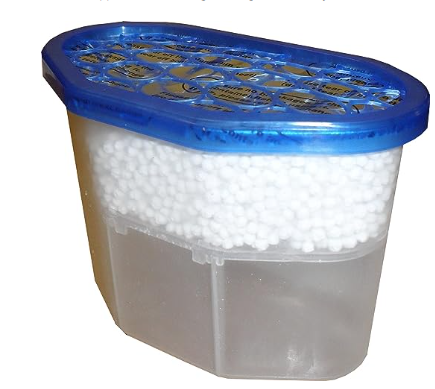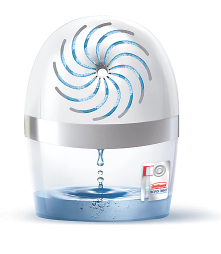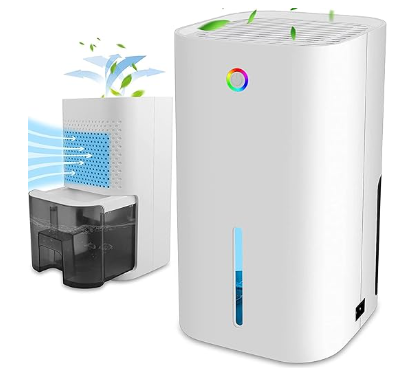It’s that time of year when we start to look at putting our boilers back on, shutting up the windows and snuggling down for the winter. Unfortunately however, this combination can often lead to an increase in black mould and mildew.
We have put together a number of tips to help to minimise the chances of black mould occurring and also what to do if you do spot it starting to form.
Check out the video here or read on to find out more!

Fans and Extractors
Many houses have fans and extractors fitted around the home, most often in bathrooms and kitchens. They are there for a reason and need to be used when bathing or cooking to help remove the humid air and stop it condensation in the cold areas around your home. Sometimes these are automatic with humidity, come on with a light or need to be manually turn on via an isolation switch (often outside a bathroom) or on a cooker extractor when you can set the strength of extraction depending on what you are cooking. It is important to keep these clean and free of dust or grease to ensure maximum extraction!
Some homes can also be fitted with positive air systems. These are designed to push the humid air out of the house by creating a higher pressure of air inside the house as opposed to outside, forcing air out of open windows or vents. These are designed to be switch on all the time and are very quiet and low cost to run.

Windows
It is important to ensure your home can breathe and that there is plenty of ventilation. Many homes have vents and air bricks, but the most effective way of allowing the circulation of air is to leave your windows on security lock. Most modern windows have a function where you can pull the handle down when the window is slightly open and this allows it to be locked in place whilst allowing ventilation through the gap. Some other window types have ‘trickle’ vents at the top or bottom which allows a little slot or panel to be opened to allow air in and out. If you have older style windows, that don’t have these functions, it is still worth opening them up a few times a week, just to allow fresh air to flow around your home.

Cooking
Whenever cooking, it is advisable to increase your ventilation, especially when cooking foods that involve boiling water such as pasta or potatoes. The increase in steam and heat from you pans or oven can drastically increase the humidity and temperature of your kitchen in comparison to other areas of your home. This warm, humid air then travels around your home and condenses on cold surfaces such as external walls or windows, leading to condensation and then onto mildew and mould.
Try to use lids on pans where possible, open your windows and switch on any extractor fans when cooking to minimise this effect.

Drying Clothes
Drying our clothes once washed is obviously an essential job. In the summer, it is easy to dry it outside on the line but when you live in an apartment or the weather isn’t so good, we still need to dry clothes somewhere!
Even if it isn’t sunny, an overcast breezy day will still do great job of getting them dry on the line. The next best option, whilst a bit more costly, is to use a drying function on your washer or to use a tumble dryer as these often vent the damp air straight outside or condense the water into a sealed container, avoiding it being released into your home.
If this isn’t an option and you have to dry them inside, it is essential that adequate ventilation is available otherwise the damp air will get into your property and your clothes will take longer to dry which can lead to them becoming smelly too. Ensure your windows are open and they aren’t shut away in a room somewhere – leaving the room door open will allow ventilation through you home, encouraging them to dry. Even better, pop them closer to a radiator to speed up the process (but makes sure those windows are open!)

Moisture
Whenever you do notice condensation forming – particularly on/around windows or doors, it is best practice to wipe this away with a dry cloth or kitchen roll to remove the moisture completely. If this isn’t done, it can lead to mildew or mould growing around the seals and frames of windows which can often be hard to remove. Furthermore, the excess moisture just evaporates back into the air and can condensate elsewhere which leads to higher chances of mould or mildew around your home.

Doors
This may seem like a simple one but keeping your internal doors open during the day can go a long way to allowing the free flow of air around your home. If you are following tip 2, keeping your windows open slightly,, leaving your doors open increases that ventilation and removes stale or humid air from your home. If you have a spare bedroom, for example, when the door is kept shut, its full of furniture and the windows are closed, the air can become damp and stale which will inevitably lead to mould forming in the room – particularly around furniture close to walls where there is no air flow.
That being said, if you are cooking or bathing, it is better to keep your doors closed for those short periods of time to the kitchen or bathroom, to keep the steam in and instead, open a window wide or use extraction fans in those rooms.

Dehumidifiers
Dehumidifiers are an excellent way to get rid of excess moisture in the air and they come in a whole range of sizes, types and price points. They will all remove moisture from the air but with varying degrees of efficiency and human interaction.

The first basic version is a crystal version that you can usually pick up pretty cheaply from places such as Home Bargains or B&M Bargains like the example pictured here. These can be place on shelves or window sills and just absorb the air passively as it moves around the room – good ventilation in your home allows the air to move more freely and so improves this process.
There are versions that are one use and others where you can replace the crystals or cartridges when done.


On the opposite end of the scale, you have electric powered ones that actively pull the air into them and condense the water in the air into a fixed container. These are designed to be run for long periods of time to constantly improve air flow in the house and remove the moisture. They are relatively cheap to run, costing on 1 or 2 pence per hour (depending on the model). I for example, have one I bought off Amazon for around £70 with a 1/5 litre capacity. I use a smart plug to run it from 9am to 6pm each day and I only need to empty it once every couple of weeks but I have never had any black mould since using it.
There are some examples below (we have no affiliation with these products/companies):
Basic Boxes: Amazon
Basic Boxes with Cartridges: Screwfix
Lower End Electric: Amazon
High End Electric: Appliances Direct